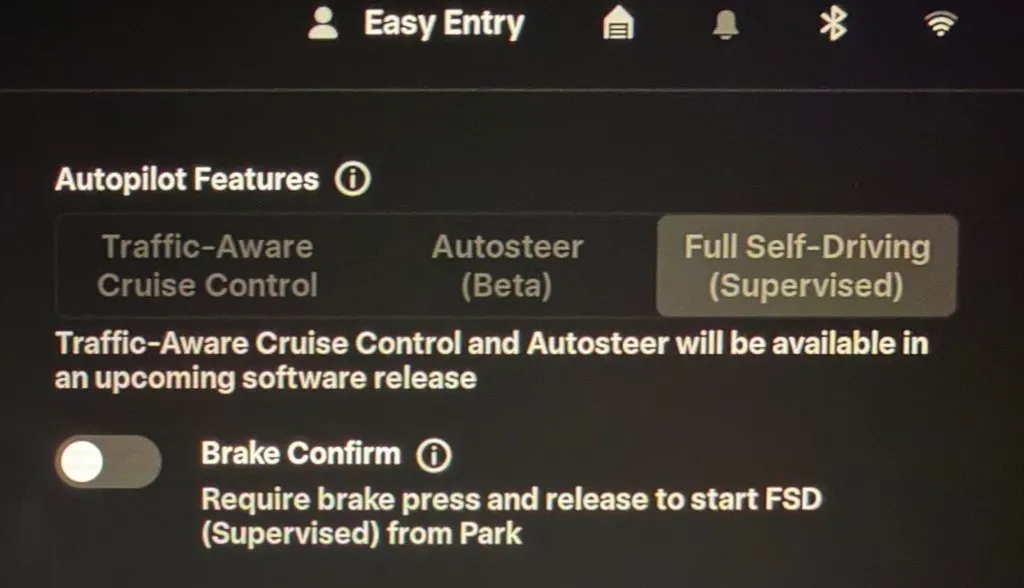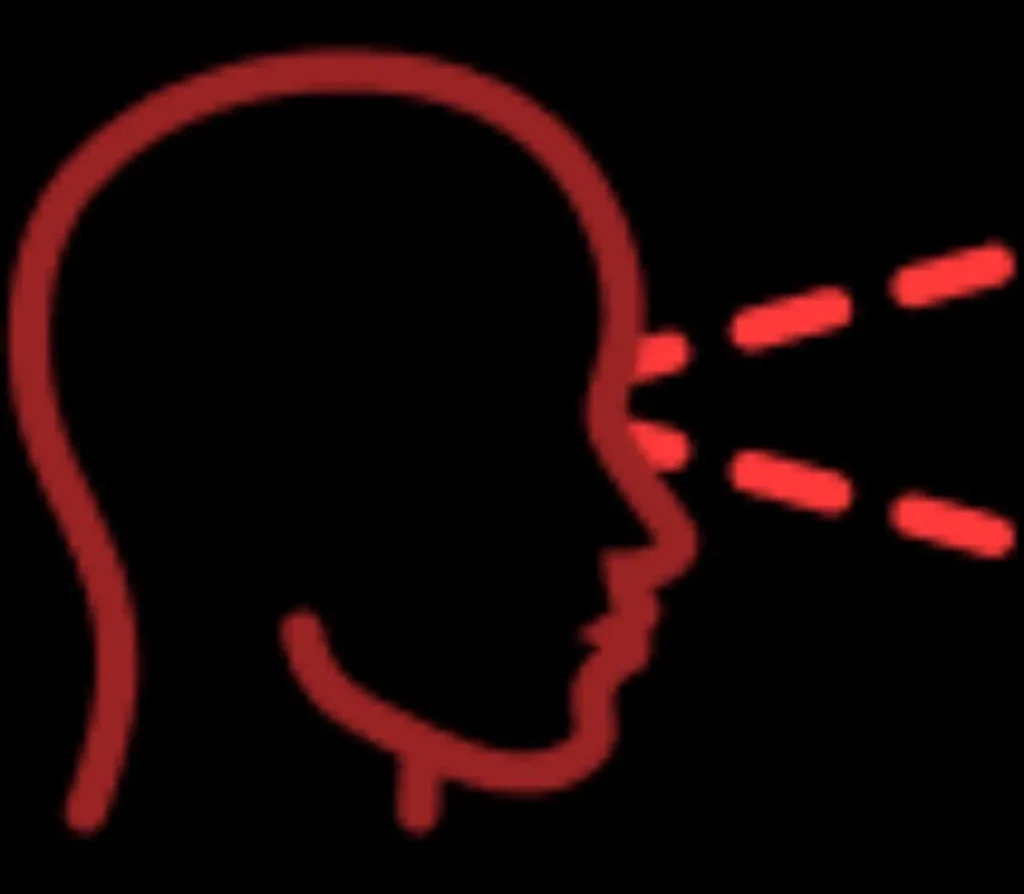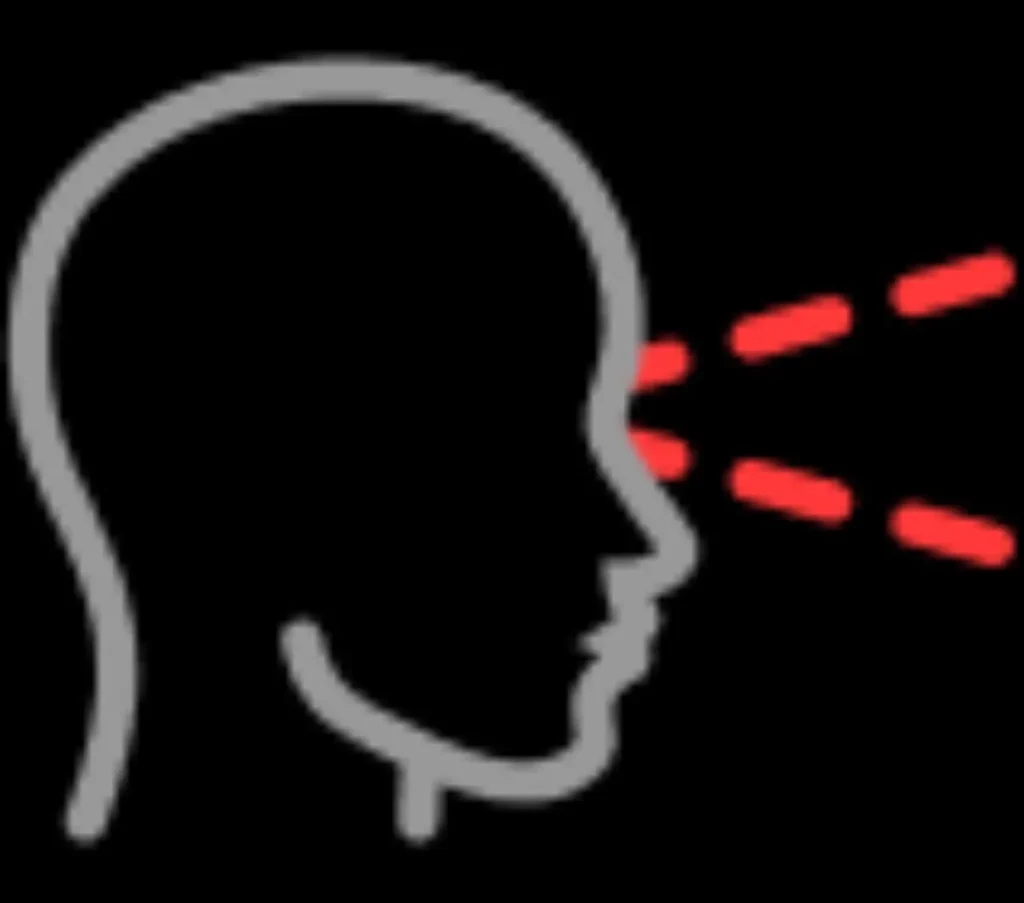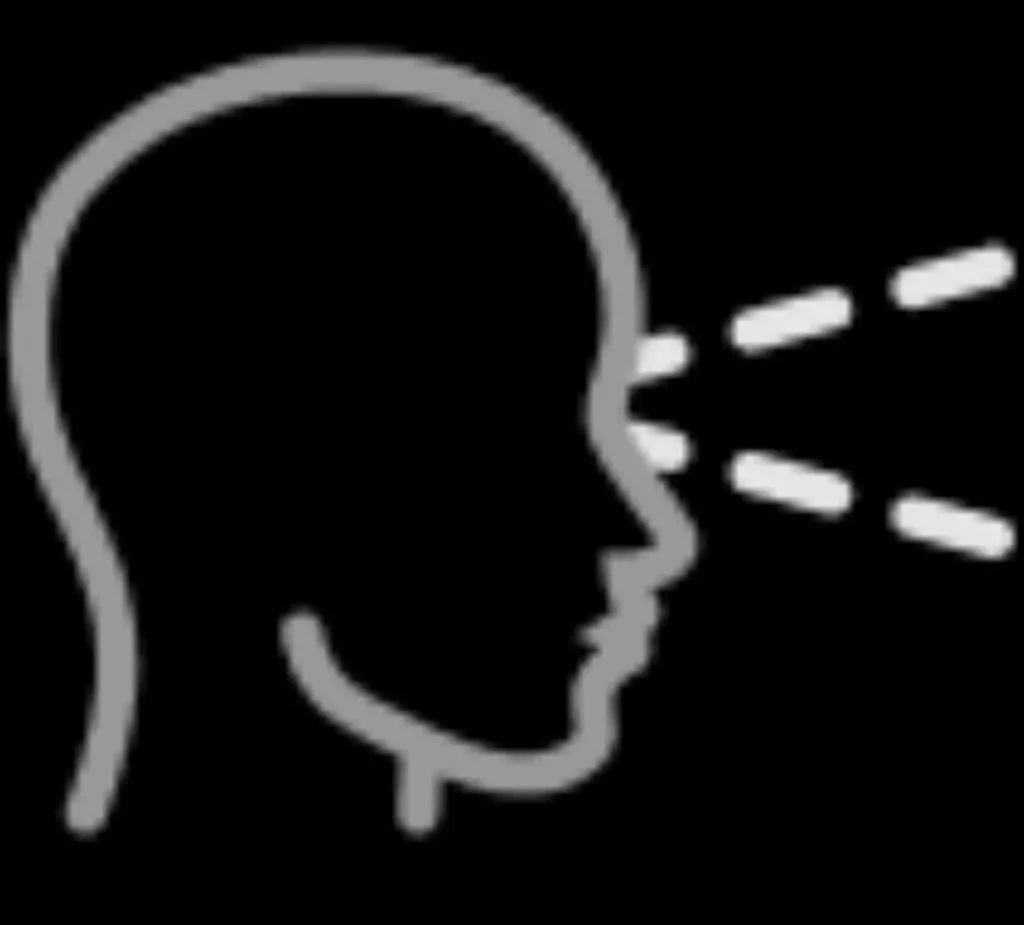Tesla’s FSD V14 quietly removes the “beta” tag from Autosteer, adds a confidence-based driver attention system, and includes a border-triggered message that hints at a country-by-country launch in Europe. And the broader plan now points to approvals slipping into early 2026. Tesla hacker greentheonly discovered these changes in internal code.
Autosteer label change
Autosteer no longer carries the “beta” label inside recent FSD V14 builds, a clear pivot after years of conservative labeling dating back to Autopilot’s 2014 debut. And since Tesla is consolidating Autopilot and FSD into a single stack, Autosteer now lives inside the unified platform rather than as a separate experimental layer.

Early FSD V14 builds temporarily disabled TACC and Autosteer during the migration, yet those features returned as later builds stabilized, which suggests Tesla is finalizing its one-stack strategy. And that strategy places Autosteer as a supervised capability in the combined FSD architecture, consistent with how Tesla still frames FSD as driver-assist.
Confidence-based attention tiers
FSD V14 adds a three-tier, confidence-driven attention model that tightens or relaxes monitoring depending on driving difficulty. The system uses three head-and-gaze icon variants that reflect severity, and it can increase warning cadence when scenes are complex.



However, on simple highway segments, the system can reduce nag frequency to make supervision less intrusive, while still holding the driver accountable. And this setup replaces the older, more binary approach that leaned heavily on steering torque for compliance.
Vision monitoring evolution
With FSD v12.4 in 2024, Tesla leaned into the cabin camera for head and eye tracking over wheel torque alone, and later updates improved sunglasses handling and reduced false warnings. And V14 builds on that base by binding attention policy to scene confidence and tweaking strike logic in some releases.
As a result, the software aims to keep drivers alert without over-alerting, so people keep FSD engaged through normal tasks, yet they still know they must be ready to take over.
Border logic and staggered rollout
New code includes the message: “Approaching a country border, FSD features might become unavailable”. And that signals FSD feature gating by jurisdiction, which fits Europe’s fragmented regulatory schema.
Since EU members apply UNECE rules differently, a staggered rollout by country is the practical path. And the Netherlands could anchor early availability, with other countries following after their own type-approval steps conclude.
Regulatory path and RDW engagement
Tesla has worked closely with the Netherlands Vehicle Authority (RDW), including travel, demos, and meetings to advance approvals. And Elon Musk has described the approval process as a “layer cake of bureaucracy,” which moves slower than software development.
Current expectations shift broader European enablement into Q1 2026 instead of late 2025. And that timeline reflects both UNECE-driven constraints and member-state processes that add layers of review.
Test footprint and hiring across Europe
Tesla has posted Vehicle Operator roles in Prague, Budapest, Prüm (Germany), and Berlin to expand data collection and validation. And those teams feed edge cases into training pipelines as Tesla localizes for markings, signs, and driving norms.
In October 2025, Sweden’s Trafikverket approved supervised FSD v14 tests on all state highways and expressways. And similar, more limited permissions exist or are emerging in Norway, the Netherlands, Germany, France, and Spain, forming a patchwork test corridor.
UNECE regulations impose driver confirmation for lane changes and define where automated systems may operate. And those rules constrain “hands-off” behavior and slow broad approvals across borders.
So a country-by-country rollout, gated by local regulators, remains the likely sequence. And early adopters like the Netherlands and Sweden could set the pace while Germany and France advance their domestic reviews.
Autosteer’s dropped “beta,” the three-level attention system, and border-aware behavior all point to near-final technical readiness for supervised use in parts of Europe.
For now, these changes are just code discoveries, European owners should expect incremental upgrades to basic Autopilot first, then staged FSD access as the border logic aligns with regulatory green lights. And as testing grows and documentation matures, the staged rollout should pick up speed once the first countries clear the path.
You may also like to read:
- Tesla owners list most-wanted features for holiday release »
- Tesla tests new holiday update with initial 2025.44 rollout »
- Tesla set to launch FSD subscription gifting this holiday »




